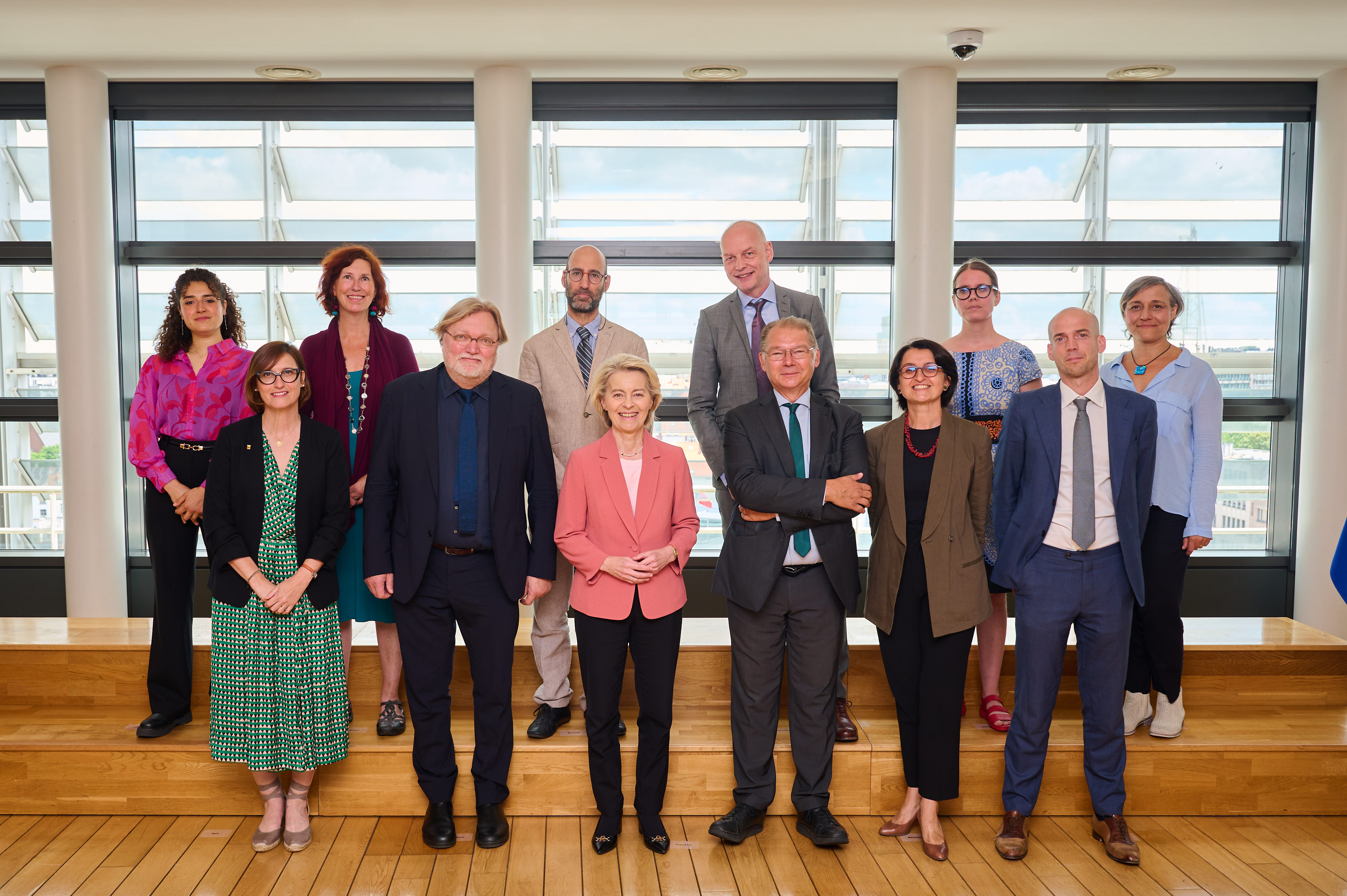Today, directors of the Green 10, of which HEAL is a member, met with European Commission President von der Leyen and shared civil society’s recommendations for policy action.
Brussels – Ahead of an important REACH committee meeting, during which the proposed classification of titanium dioxide (a nanomaterial) as a suspected carcinogen under the CLP regulation will be discussed, the Health and Environment Alliance (HEAL), the European Environment Bureau (EEB) and the European Environmental Citizens Organisation for Standardisation (ECOS) have expressed deep concerns about industry attempts to introduce elements about socio-economic considerations in a discussion that should strictly be based on the hazardous properties of the substance.
The three civil society organisations shared their concerns with members of the EU Chemicals Agency’s REACH Committee, which will meet to discuss the matter next week (13 June).
Titanium dioxide (TiO2) world production exceeded 9 million metric tons in 2014 and it is a high production volume chemical in Europe (companies have registered 1 000 000 – 10 000 000 tonnes per annum). It is used provide whiteness and opacity to products ranging from paints and coatings to plastics, papers, inks, medicines (i.e. pills and tablets) and even toothpastes. It is used in numerous products including cosmetic and skin care products (such as sunscreens), tattoos, or toys.
Yet the body of scientific evidence about health and environmental impacts of nanomaterials keeps increasing. TiO2 is a possible carcinogen (Group 2B) according to the International Agency for Research on Cancer (IARC), including under nano and ultrafine particles forms. The US National Institute for Occupational Safety and Health (NIOSH) classifies ultrafine/nano TiO2 as a potential occupational carcinogen.
The European Chemical Agency’s risk assessment committee (RAC) has proposed a classification as a category 2B suspected carcinogen through inhalation (including the ultrafine/nano form of TiO2). Harmonised classification under the CLP regulation ensures that adequate information about the hazardous properties of substances can be provided to workers and consumers through labelling. It is the very minimal step to ensure health protection and does not trigger any restriction – which the civil society organisations however call for as a complementary step to the classification of the substance.
The letter is available here.


